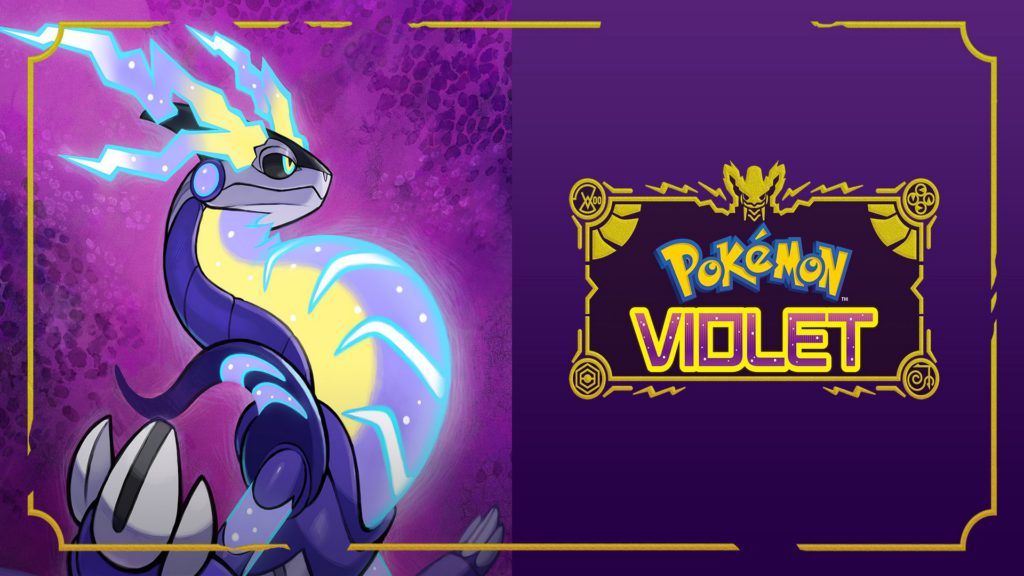
It’s Christmas for Pokémon fans all over. This year we have had not one, but two Pokémon game releases. This is unheard of. Usually, one generation is released, and then in 1-3 years, a new one will come out, but not in 2022, baby! 10 months after Pokémon Legends Arceus (PLA), we can finally get our hands around the Joy-Cons and become the very best.
Gamefreak, developers of almost every Pokémon game on the market, have developed Pokémon Scarlet and Violet, and Nintendo, paired with The Pokémon Company published the game on November 18th. When Pokémon Scarlet/Violet was first teased, I was sold on Pokémon Scarlet. Kiraidon looked amazing and the Professor seemed to be based on the past, whereas the Professor from Pokémon Violet seemed based on the future, plus, the Oogabooga cavewoman Sada wasn’t too bad on the eye. During the last few months of leaks and teasers, however, Pokémon Violet stood out to me as the clear, stronger choice, purely based on the exclusives. So I got my hands on a copy of Pokémon Violet and played it nonstop. I dreamed about it, and I was glued to it. I even struggled to pry myself away from the game to write this review. I easily spent 45 hours in the game, so I got a good feel for the mechanics and performance of Pokémon Violet.
Note: I mention other Pokémon games a few times during this review so to simplify I shortened the other Pokémon game names.
- Pokémon Sword/Shield = SW/SH
- Pokémon: Legends Arceus = PLA
- Pokémon Scarlet/Violet = S/V
You play as a new student for the Uva (Violet)/Naranja (Scarlet) Academy in the region of Paldea. Like almost every other main Pokémon title, you leave home to become a Pokémon Trainer and make your way to the top. Unlike traditional Pokémon games, however, you can tackle everything at your own pace. Within the game, there are three main questlines; The Path of the Legends, Victory Road, and Operation Starfall. Victory Road is your usual Pokémon formula in that battles are everything. Battle your way through Gyms, train your unstoppable team, and destroy the Elite Four and their Champion to claim the title. The Path of the Legends leads you through difficult tasks of taking down abnormally large and powerful Pokémon, also known as Titans, to discover rare items they are guarding. Operation Starfall is a task concocted by the Director himself, in an attempt to disband a gang of troublesome school bullies and dropouts who call themselves Team Star.
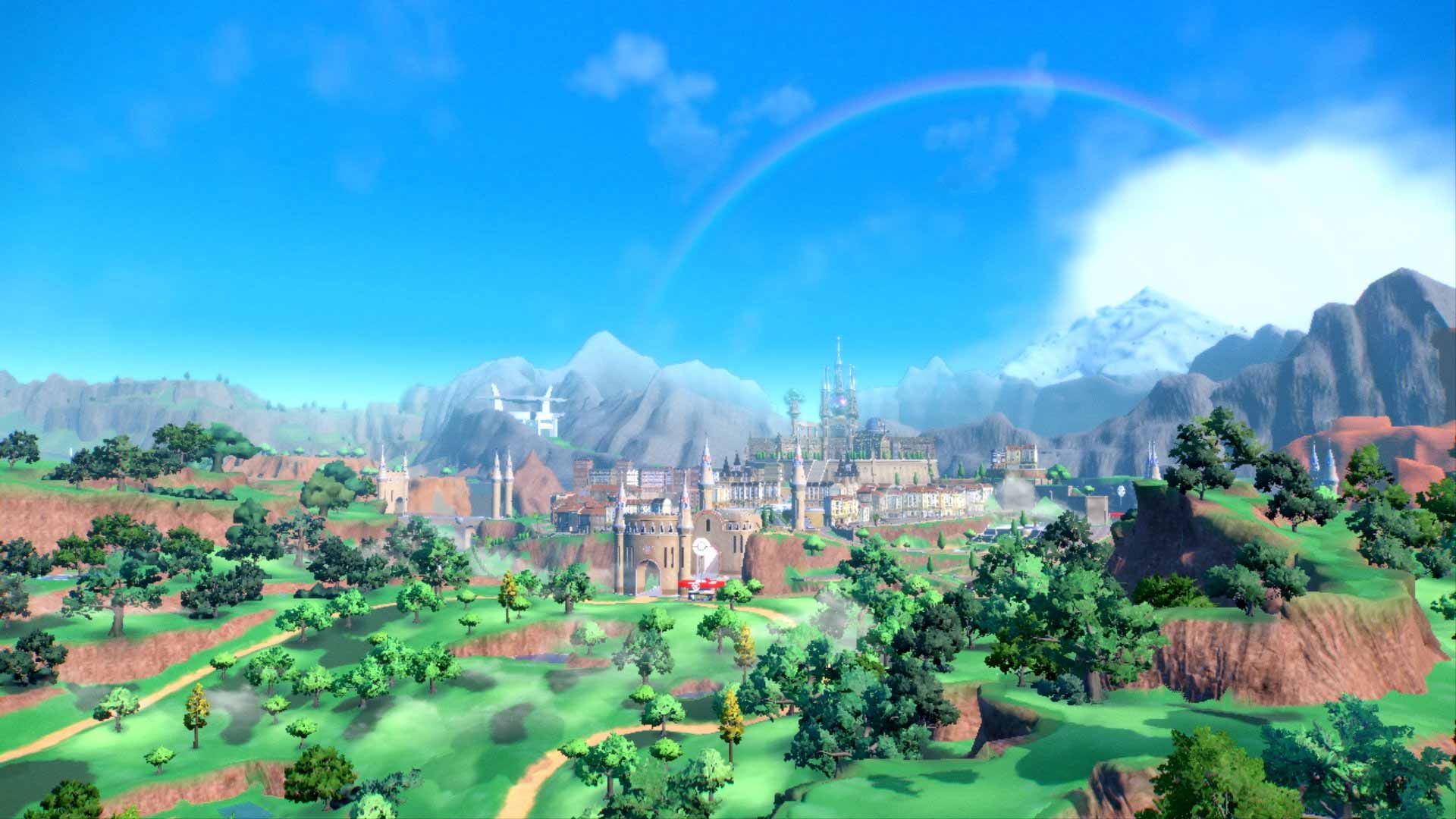
Throughout this massive open world, you can attack any of these questlines in any order and take out the leaders of each questline in any order as well. If you want to start your adventure at the strongest Pokémon Gym and work your way down, why not. If you get bored of Gyms and want to disband bully gangs, fly over to the nearest quick travel location and jump right in. If you want to go and catch some Pseudo-Legendary Pokémon, or even spend countless hours shiny-hunting specific Pokémon who would be on Victory Road or other end-game locations, you can. The possibilities are endless. The main questlines funnel into end-game content, and all three quests must be completed to progress into the Crater, but I’m not going to spoil any of that for you today.
Besides the three main questlines, there are no side quests. Coming from the last Pokémon entry, PLA, which was brimmed full of quests like most “open-world” RPGs, Pokémon Scarlet and Violet fall flat. With such a massive open world and explorable areas, I personally feel that side quests would have been an amazing addition, even if they were to just unlock new cosmetic items. I just felt that without side quests, there wasn’t much expansion into the world around you. Sure, NPCs are strolling around town, but they added very little to the story and felt more like an attempt to make the world feel less empty. The main questlines, if focused on, can take around 20 hours to complete with minimal exploration and Pokédex filling.
Pokémon Scarlet and Violet are also the first Pokémon entry to have full co-op incorporation. Join friends’ worlds and race around the wide-spread plains on your Koraidon and Miraidon. Up to four people can explore in a co-op world and the exploration areas are borderless, so you don’t have to hang around your friend the entire time waiting for them to catch up. You can move into the next area to catch their game exclusive Pokémon. During exploration, my friends and I also found mysterious colored stakes and sealed doors scattered around Paldea, and we can only imagine that some extremely strong Pokémon are sealed away within these chambers. From what we can tell, there are multiple stakes per door, and the stakes are hidden away to prevent people from unleashing what’s within.
With a new region, comes new Pokémon, and the Paldean region is home to 400 Pokémon, with just over a quarter of them being genuine to that area. This number includes the two Paldean forms of Wooper and Taurus, the re-imagined evolution lines of Toedstool (Tentacool) and Wiglett (Diglett), all new evolutions for earlier generation Pokémon, and Paradox Pokémon. Paradox Pokémon are end-game Pokémon, reimagined futuristic/ancient forms of previous generations. These forms are also heavily tied into the story, so I won’t be touching on that subject. Whenever a new Pokémon generation comes out, there is a lot of skepticism about the new Pokémon, but I can personally say I’m a big fan of 80% of this generation’s designs.
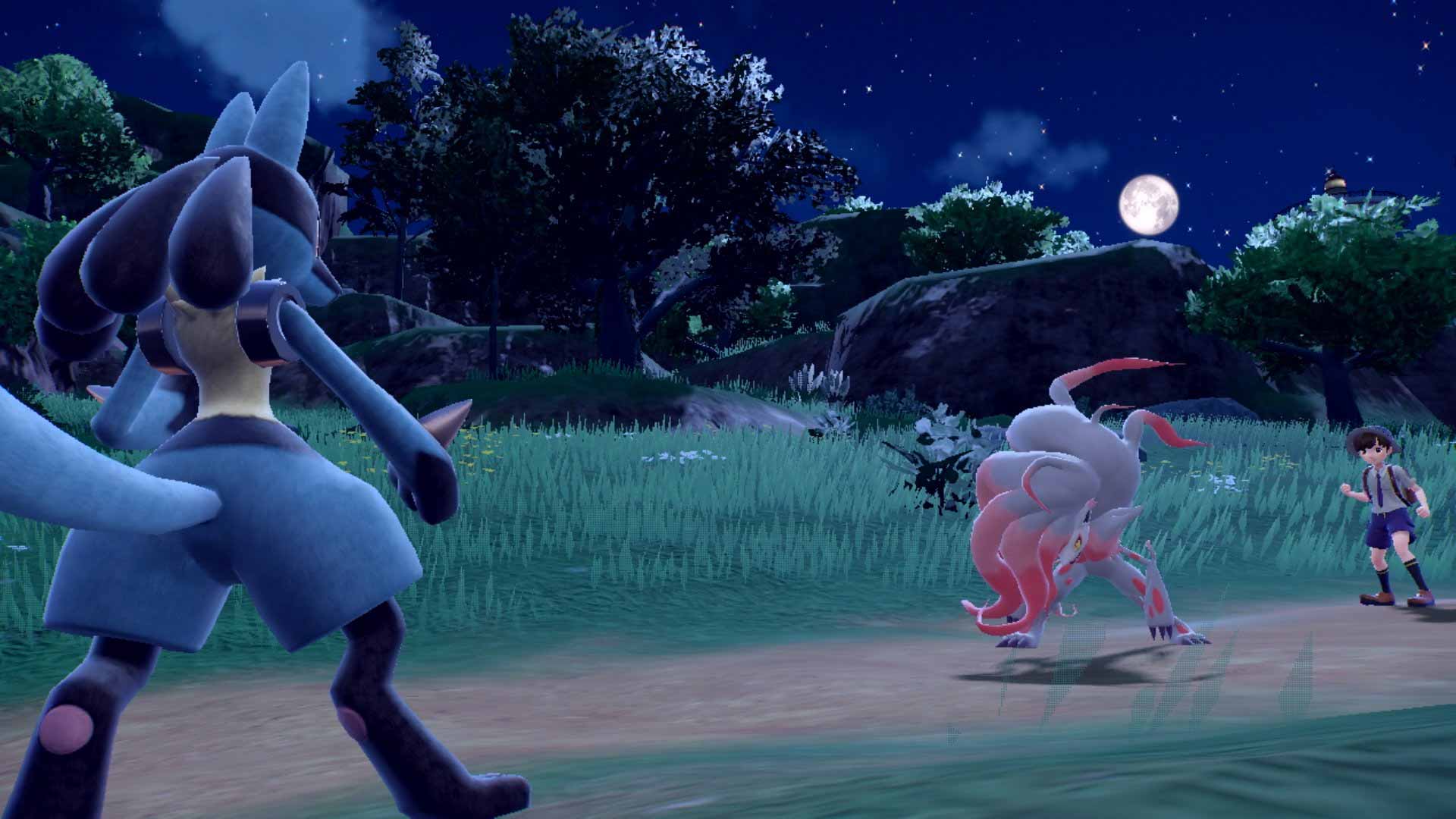
During exploration, you can trigger a battle by throwing your Pokémon with the ZR(right trigger) button, simply going full braveheart and charging them head-on, or by auto-battling them. Auto battles are a fresh mechanic introduced in Pokémon Scarlet and Violet, and these allow you to quickly knock out wild Pokémon in your vicinity. It is also a big part of the Operation Starfall questline. Auto battles yield decreased EXP but take a fraction of the time of a full battle. There are a few things to mention about auto battling, such as if your Pokémon has a type disadvantage, it will likely shy away from the battle, and if it’s too weak to fight or it can’t win a battle, it will return.
When encountering a Shiny Pokémon or a Tera Pokémon, if you send out an auto-battle, the Pokémon will not fight, so if you are unsure if a Pokémon is shiny or not, an easy way to tell is to try to initiate an auto-battle. After battling wild Pokémon, they will drop resources. These resources are used to craft Technical Machines, known as TMs, but I mostly hoarded them. You can sell them for cash or League Points, or as they’re more commonly known, LP, but it is worth mentioning that collectable Gimmighoul Coins are used to evolve Gimmighoul.
In X/Y, we had Mega Evolutions, in SW/SH we had D-Max and G-Max, but in Pokémon Scarlet and Violet, we have an all-new battle mechanic, Terrastilization. Terrastilization, or Tera for short, turns the Pokémon into a crystal-like form, and effects will change depending on the Tera type. This is such an interesting mechanic and it flips the tide of battle in so many ways. You can use it to boost a Pokémon’s battle power by having it Terastilize and using a move of that Tera type to output maximum damage, you can get it a Tera type to nullify its weaknesses, and you can even have a Fighting/Ghost-type Pokémon get a Same Type Attack Bonus(STAB) Dragon-type move by getting it a Dragon Tera form. Tera Pokémon can be found in raid dens, much like the dens in SW/SH, where you can battle offline with three AI, or take the den online and battle with three other players. You can also find Tera Pokémon in the wild. These wild spawns seem to be static and most of the time seem to be the same Pokémon on every spawn. Tera types are randomized in dens, but static spawns seem to be guaranteed Tera types, and there is a way to change a Pokémon’s Tera type, but again, that’s in the end game.
Pokémon Scarlett and Violet have a massive emphasis on food, and being based on the Spanish culture, I wouldn’t expect any less. Each town has multiple restaurants and the food within will give you buffs for your journey. You can even set up a cute little picnic for you and your Pokémon to take a break from traveling. During the picnic, you can play with and bathe your Pokémon; watch your Magikarp kick the ball off the top of a snowy cliff, and laugh at the retrieval process. The main point of picnics, however, is breeding. With the removal of daycares, this is the only way to get eggs. Eggs will randomly appear in a picnic basket placed at the base of the table over time. You can increase the rate of eggs spawning by making sandwiches at the picnic table, but making sandwiches isn’t the easiest of tasks. However, there are multiple ingredients and condiments that all help in changing the range of buffs that the sandwich will provide, not to mention, stacking the ingredients is a bit of a challenge.
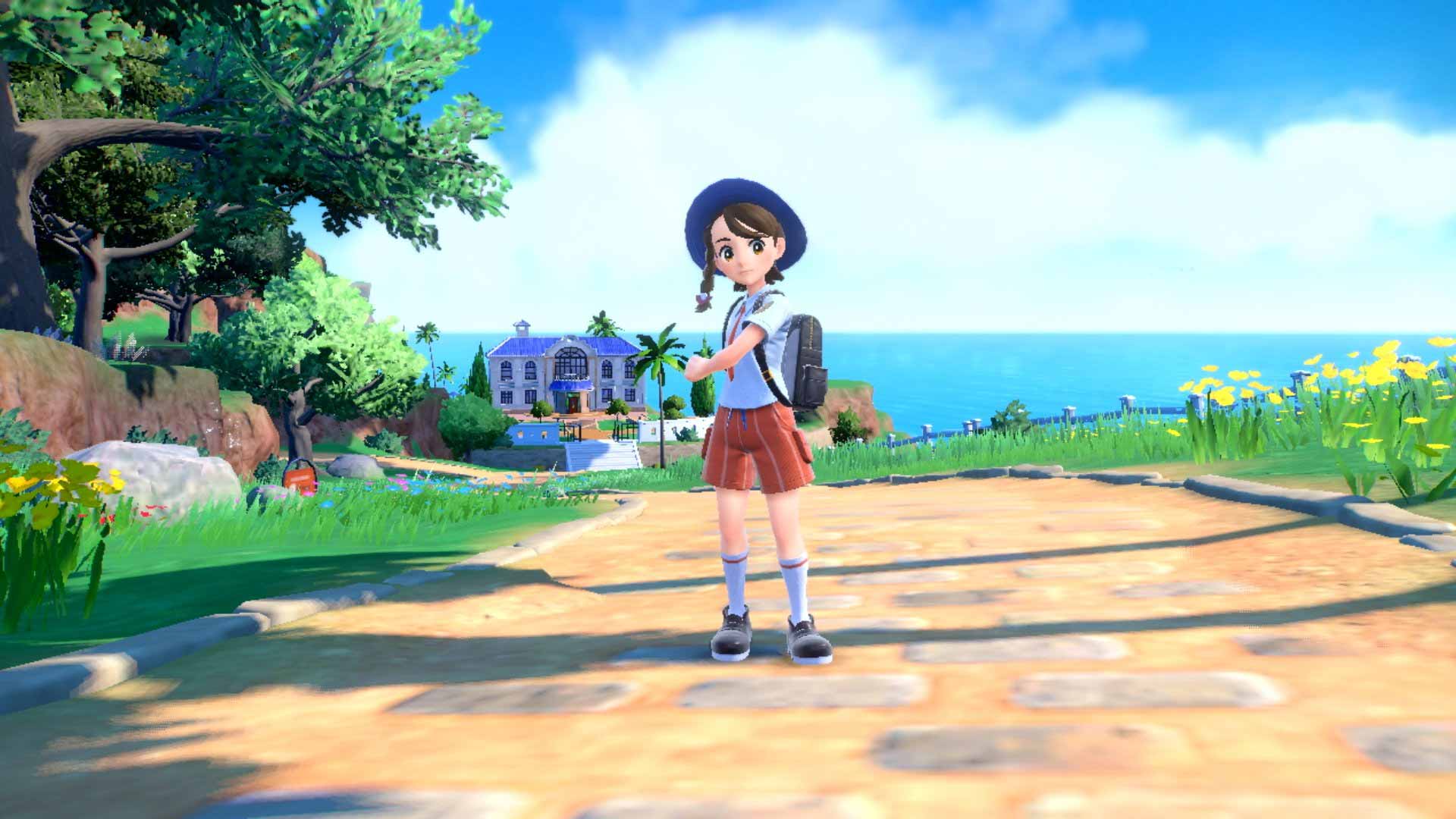
Sandwich buffs include:
- Egg Power: More likely to find Pokémon Eggs
- Catching Power: More likely catches will succeed
- Exp. Point Power: More Exp. Points gained
- Item Drop Power: More materials found after a battle
- Raid Power: More rewards from Tera Raid Battles
- Title Power: More likely to find Pokémon with titles
- Sparkling Power: More likely to find Shiny Pokémon
- Humungo Power: More likely to find large Pokémon
- Teensy Power: More likely to find small Pokémon
- Encounter Power: More likely to find certain types
Shiny hunting has taken a massive step forward, but it also struggles to keep up with its PLA counterpart. Shiny Pokémon are the super rare alternate-colored collectibles, and they have a heavy focus in the game. In a massive open world with a high amount of Pokémon seen in the wild areas, the chances of finding a shiny are very high. This makes the 1/4096 base Shiny rates seem like nothing if RNGESUS is on your side. Friends of mine were finding shinies within 4 hours of playing while I was zooming around for 7 hours before I found my first. Pokémon Scarlet and Violet struggle to keep up with PLA on the shiny hunting front because there are no shiny prompts outside of coloration in the over-world. In PLA, there would be a sound followed by a sparkle that could be seen from miles away, but this feature has been removed, possibly due to a different rendering style from PLA. In PLA, all Pokémon spawned in the overworld would be the same upon loading that area. In Pokémon Scarlet and Violet, however, once the Pokémon have been de-rendered, a new set spawns. If you zoom past a shiny and it de-renders, I’m sorry to say, but that Pokémon is now gone forever, so if you’re going on a shiny hunt, it’s best to be eagle-eyed and make sure you know the shiny colors for the Pokémon in the area you are hunting.
There are, however, a few ways to increase your luck when it comes to shiny hunting, and if you are like me and want a full shiny Elite Four team, end-game options are not an option. The end-game options include the Shiny Charm and Herba Mystica sandwich creations. The Herba Mystica sandwiches grant you a buff for finding shinies. Early game methods consist of Masuda breeding, which is made easier thanks to surprise trading and mass outbreaks that now spawn up to 120 Pokémon with an extra shiny roll upon defeating 30, and then again at 60, and making sandwiches. YES, you heard that right. Making sandwiches helps with early game shiny hunting.
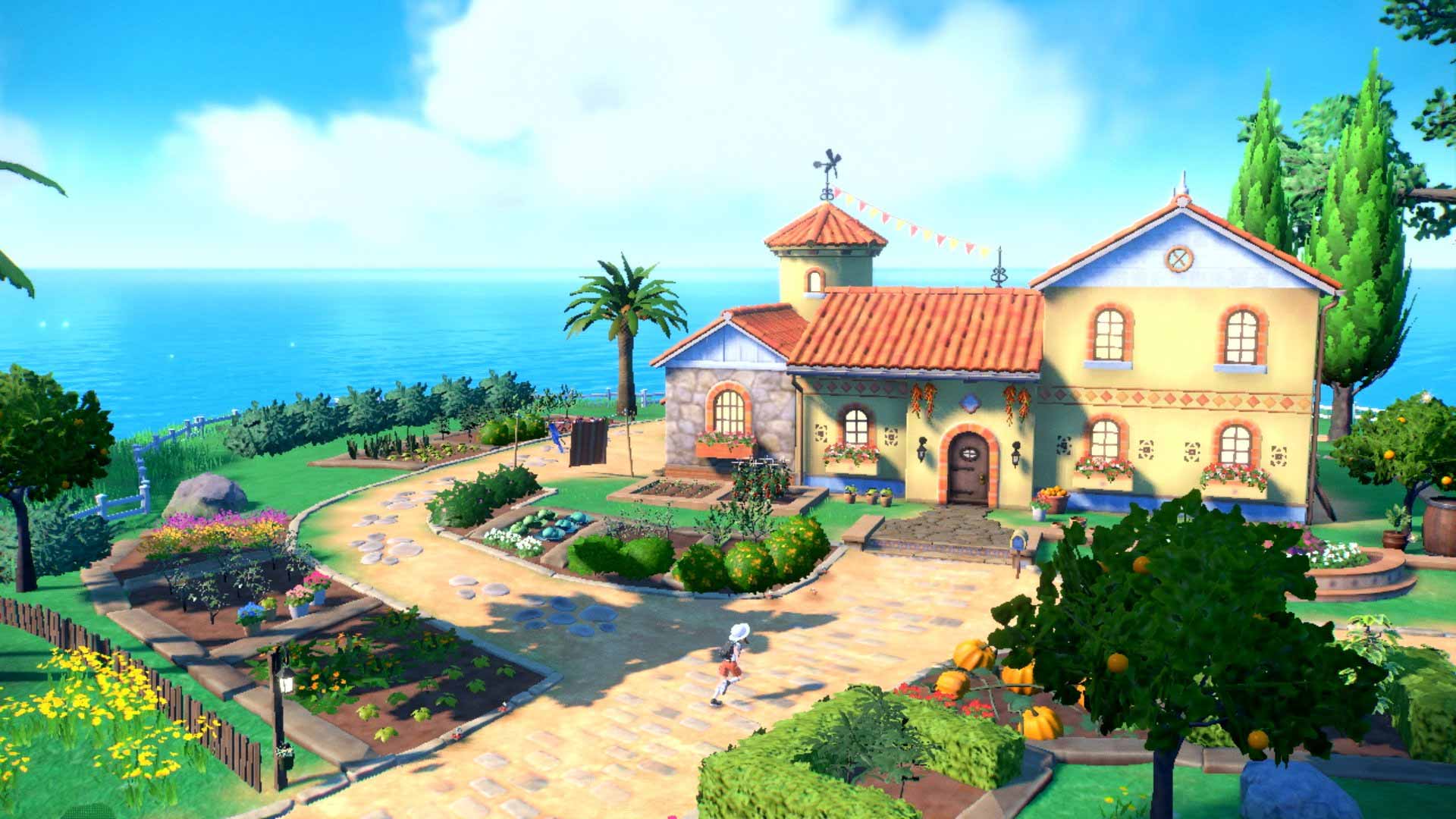
The buffs granted by these sandwiches are actually pretty insane. I made a Fairy level 1 encounter sandwich and saw close to 200 Tinkatuff within the 30-minute buff timer. The area wasn’t just filled with the big hammer woman either, literally hundreds of other fairy-mon were constantly spawning within my travels. The other two buffs that help with the shiny hunting early game are Egg Power and Hatching Power. Egg Power increases the number of eggs found in your basket during a picnic, and coupled with the Masuda method, you can easily hunt for 2 specific shiny Pokémon at a time, but that’s enough about these sparkly, god-tier abominations.
It’s not hard to tell that Pokémon Scarlet and Violet were heavily inspired by Spanish culture. From the audio to the design of the towns, everything had its own little Spanish flair. From older countryside villas to more modern cities, the art and music from the combined cultures that ultimately create the Spanish culture are packed into Pokémon Scarlet and Violet. Some towns had heavy Mediterranean features while others were more focused on the farming side of Spain. Every landmark, town, and building felt like it was meant to be there. Nothing felt out of place.
The soundtrack featured an eclectic mix of country, electronic, and even some soul/rap-styled tracks. The wild battle theme had to be one of the hardest-hitting bops within Pokémon Scarlet and Violet, second only to the soundtrack for the end game. Every area and town had its own soundtrack and I couldn’t flaw it at all. Pokémon has always had such an amazing soundtrack and I don’t think that will change. With the great comes the bad, however, and I can’t skip past the fact that the game has some terrible performance issues.
Gamefreak are aware and will hopefully launch a fix soon, but that doesn’t take away from the fact that in some areas the Switch struggles to pump out 30FPS. In heavily populated areas, the game runs at what feels like 10FPS, but in saying that, the standard Switch is an old console, and the demands from this game will be putting a big strain on the tech. I’ve seen reports where it runs pretty well on the OLED model, but with my Series 2 console model, I found cutscenes and background NPCs were very framey, and overpopulated areas suffered from a significant FPS loss. I had reports from Melekharn, one of MKAU’s top editors, that the Switch LITE seemed to struggle more than the console, with extreme FPS loss and objects not rendering properly.
If you can get past the performance issues on an older console version or the Lite, Pokémon Scarlet and Violet are amazing entries and quite possibly one of the best to date. Pokémon Scarlet and Violet are a step in the right direction for the Pokémon franchise, and trying to get what the developer has envisioned to work on outdated tech is a job in itself. Being able to travel and venture through the vibrant open world with friends and experience the Paldean scenery, and the new range of Pokémon is something special.

The Good
- Massive open world
- Four player Co-op
- Freedom to do what you want
- New mechanics
- Great new Pokémon designs
The Bad
- Lacking side quests
- Performance issues
- Cutscenes and background NPCs suffer framerate drops








